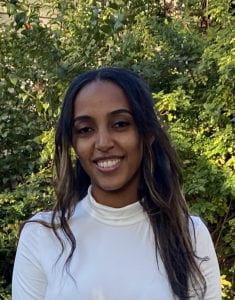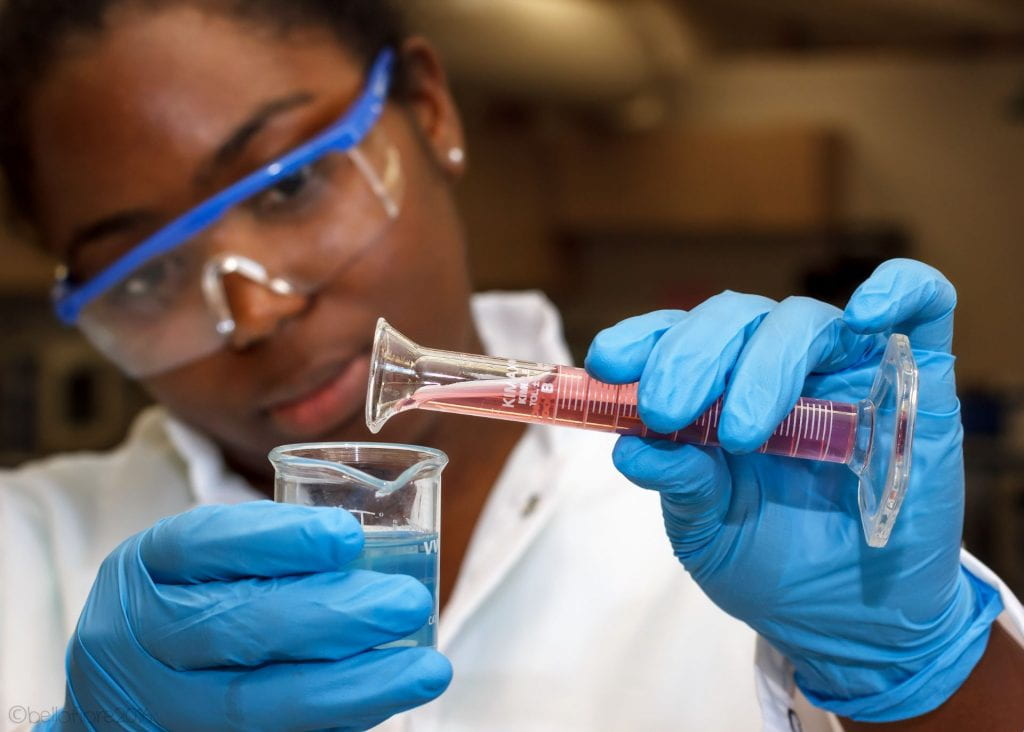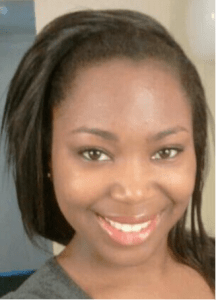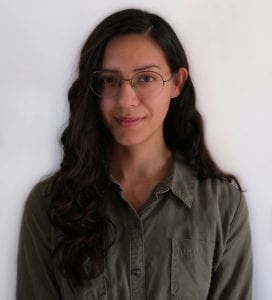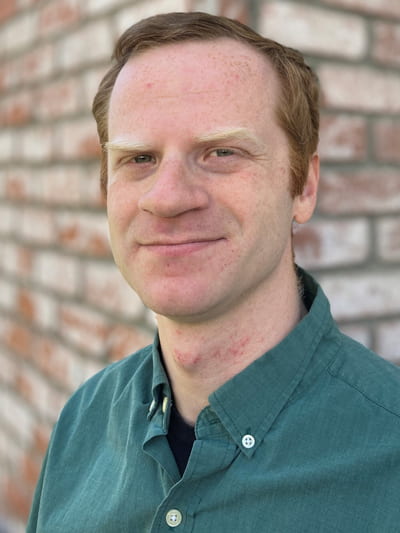
“I wanted to be some form of history educator the moment I realized that that was something I could do with my life.” – Tomlinson
From a young age, Greg Tomlinson thought of nothing else than to become a history educator. We recently had the opportunity to chat with him about his passion for history, his time at San José State University (SJSU) as both an undergraduate and graduate student, and his Ph.D research.
Tomlinson says he has a personal reason for making history his career pathway, “[I was] influenced by geography and family history.” In Boston, he grew up surrounded by early American and revolutionary era history and took numerous trips to the Museum of Fine Arts. “Those trips were formative events in [my] life, and what distilled [my] deep fascination with history,” he reflected.
He was drawn to German history, specifically, because of his family history. His maternal grandparents were German-Jews who immigrated to the United States from Germany in 1936 to escape Nazi persecution. “My interest in German and intellectual history made a MA concentration in modern European history a natural fit,” said Tomlinson.
How SJSU Paved the Way to a Ph.D.
Of his graduate experience at SJSU, Tommlinson says, “I received a high-quality education at SJSU. My professors taught informative and engrossing courses on a variety of topics. The history writing, methodology, and historiography classes offered at SJSU, perhaps more so than any of the other great classes I took there, best prepared me for the Ph.D. process and my subsequent scholarly endeavors.”
After completing his Master’s at SJSU, Tomlinson was accepted into Louisiana State University’s history program. He told us that what attracted him to the program was the opportunity to further study Germany and to work alongside Suzanne Marchand, an intellectual historian who focuses on modern Germany.
For his research topic, he chose to study land in nineteenth century Bavaria. “Nineteenth Century Bavaria is largely under-examined, especially in English language scholarship,” noted Tomlinson.
Why SJSU?
When we asked Tomlinson how SJSU was formative for his education, he said, “The faculty in the history department, especially intellectual and modern European historian Mary Pickering, Civil War American historian Libra Hilde, and American historian Stanley Underdal, were my favorite professors and I took as many of their classes as I could. I found their course content fascinating and edifying. Most importantly, their office doors were always open, and they never hesitated to offer constructive feedback, a word of encouragement, and further reading suggestions.”
Now, Tomlinson is back home at SJSU as an Adjunct Lecturer in the history department and is planning on publishing a journal article based on his research. Tomlinson’s time at SJSU as an undergraduate and graduate student were instrumental in propelling his history educator career forward–and we are certain other historians will follow in his footsteps.
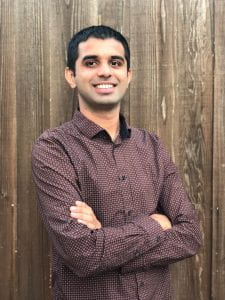
 “By understanding the change in market due to COVID better over the last 18 months and building new modules in our application, we are now engaging in communications with cities, towns and municipalities. Some of the new modules that we have developed include:
“By understanding the change in market due to COVID better over the last 18 months and building new modules in our application, we are now engaging in communications with cities, towns and municipalities. Some of the new modules that we have developed include: 